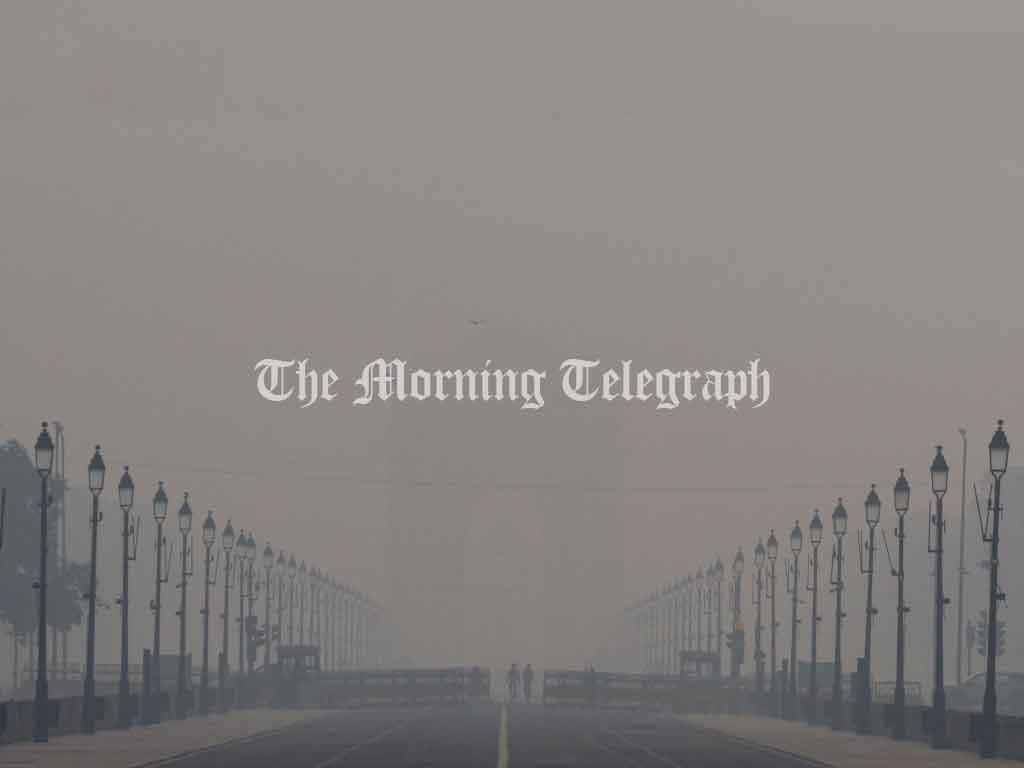
A thick smog blanket has descended upon Delhi and northern India earlier than usual this year, triggering a drastic drop in air quality. The smog, typically a seasonal concern that peaks around Diwali and intensifies through December and January, has been particularly intense this year, with satellite images showing the toxic cover stretching from Delhi to Maharashtra, Madhya Pradesh, and beyond, all the way into Central Uttar Pradesh.
The scale and toxicity of the smog this year have raised alarm. Satellite data, including a comparison of images from the Korean Geo Kompsat 2A satellite, shows a significant spread of pollutants across the region. In Delhi, the Air Quality Index (AQI) surged past 400, a dangerously high level, well beyond the acceptable threshold of 60. According to the Commission for Air Quality Management (CAQM), the AQI on a recent afternoon reached 418, falling into the “Severe” category.
In a post on X (formerly Twitter), the CAQM reported: “Today, Delhi’s daily average AQI clocked 418 as per the 4 PM AQI Bulletin by CPCB. The CAQM Sub-Committee on GRAP accordingly took stock of the air quality scenario and the AQI forecast, including for the meteorological conditions as made by IMD/IITM.”
The severe pollution has also caused disruptions to flight operations at Indira Gandhi International Airport, where visibility dropped to zero at 8:30 am. The runway visual range was recorded at only 125 to 500 meters, severely affecting takeoffs and landings.
Despite the alarming conditions, the pollution board has forecast that the situation could improve by the following morning due to expected stronger winds, which are anticipated to shift the smog. However, they also predict that the air quality will remain in the “Very Poor” category, continuing to pose health risks to residents across the region.




